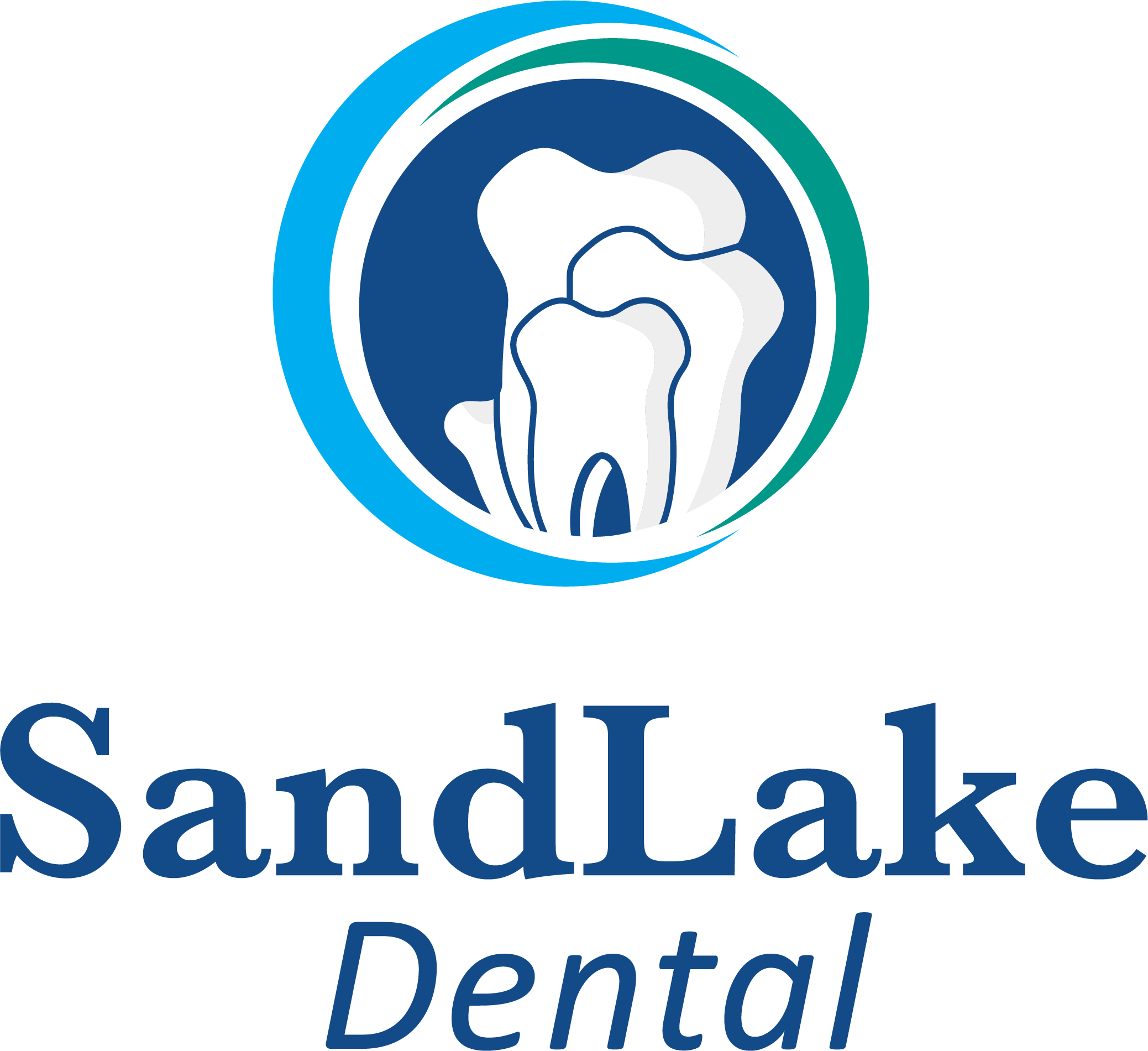In the specialized field of orthodontics, the debate between Fastbraces vs. Invisalign often comes up, as both are leading treatment methods focused on correcting dental and facial irregularities. Each offers its own set of unique pros and cons. These treatments commonly address dental challenges such as misaligned or crooked teeth, overbites or underbites, crowded teeth or spacing issues between teeth, and jaw misalignment. Choosing the proper orthodontic treatment is crucial for several reasons. The appropriate treatment can effectively resolve the underlying dental issues, enhance oral health, and boost self-confidence, leading to a beautiful smile with straight teeth. Moreover, selecting the proper treatment can prevent future dental problems, saving you both time and money in the long run.

